A female-only conservation team is working day and night to monitor the world’s largest population of manta rays in the Maldives.
Not only does the Maldives boast luxurious resorts, but it also features vibrant coral reefs, home to numerous marine species, including the largest population of manta rays in the world.
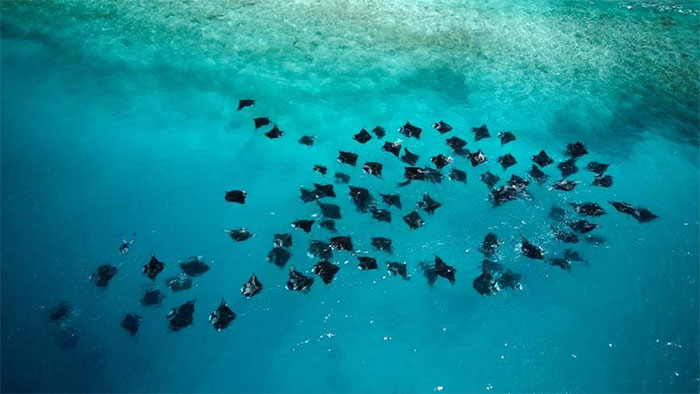
The world’s largest population of manta rays.
Beth Faulkner, one of the conservationists monitoring the manta rays in the area, estimates that there are about 100 manta rays swimming right beside her in Hanifaru Bay, Maldives.
Manta rays are large marine creatures known as “gentle giants”, despite being relatives of sharks. Unlike their “cousins”, manta rays do not pose lethal threats, even with wingspans of up to 20 feet.
Beth Faulkner states: “They have no stingers, no teeth, and cannot harm humans. Therefore, they are absolutely wonderful to swim with.”
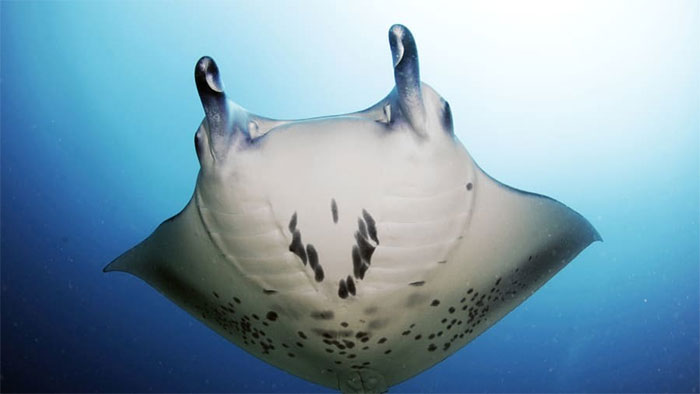
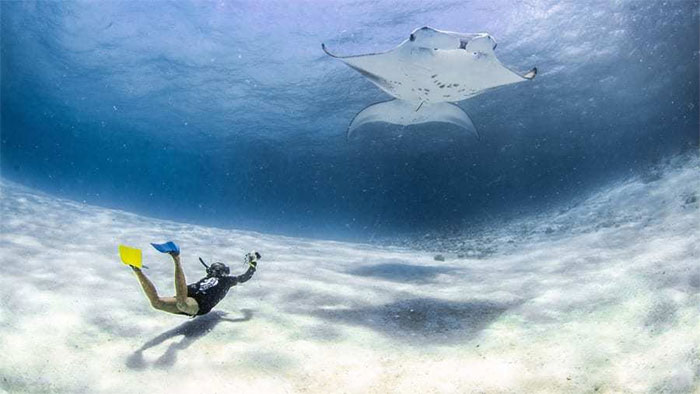
Giant creatures measuring up to 20 feet.
According to the International Union for Conservation of Nature, the global manta ray population is declining primarily due to overfishing, habitat degradation, and global warming.
Beth Faulkner notes: “Because they are slow-growing animals and take a long time to reproduce, this fishing pressure can lead to rapid population depletion.”
Experts find it challenging to determine exactly how many manta rays exist in the wild today, but the largest recorded population is in the Maldives, located in the Indian Ocean.
Beth Faulkner’s team has monitored and recorded over 5,100 manta rays in the area.
Manta rays are among the largest fish species in the world, yet little is known about them. The conservation team hopes to change that by studying these gentle giants.
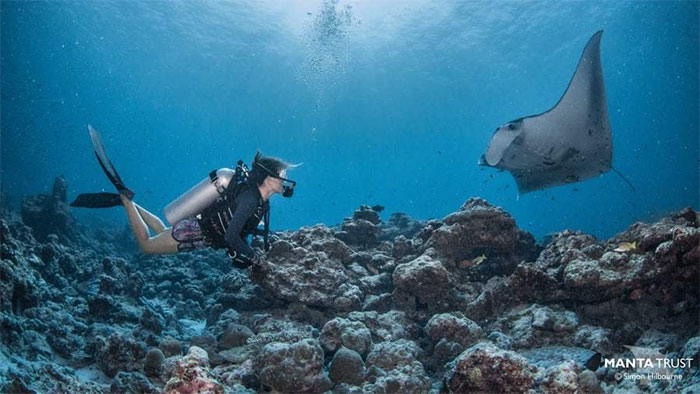
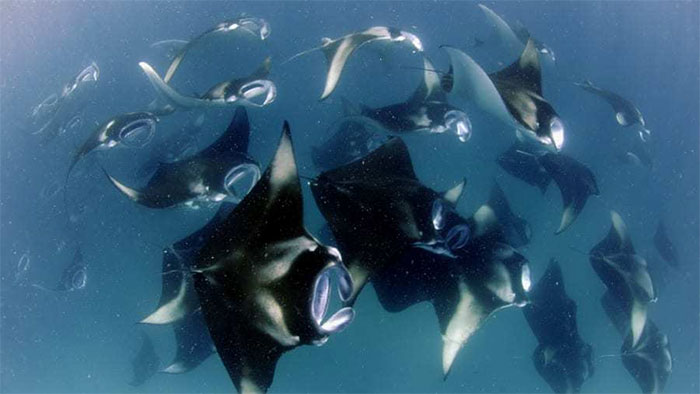
Manta rays have various spot patterns.
Beth Faulkner explains: “Just as humans have fingerprints, manta rays have different spot patterns. By photographing them, the research team can track them without the need for tagging, which limits contact and reduces stress.”
A typical day for Beth Faulkner and her team begins with gathering research equipment from the Manta Trust office, located at the Four Seasons Resort Laanda Giraavaru.
Then, the four women head out to sea to search for manta rays in feeding hotspots. In addition to photographing each individual, they also perform ultrasounds on pregnant female manta rays to monitor their health and gather measurements.
The goal is to collect detailed information about how manta rays live, thrive, and utilize their environment to provide evidence supporting the need for their protection.


















































